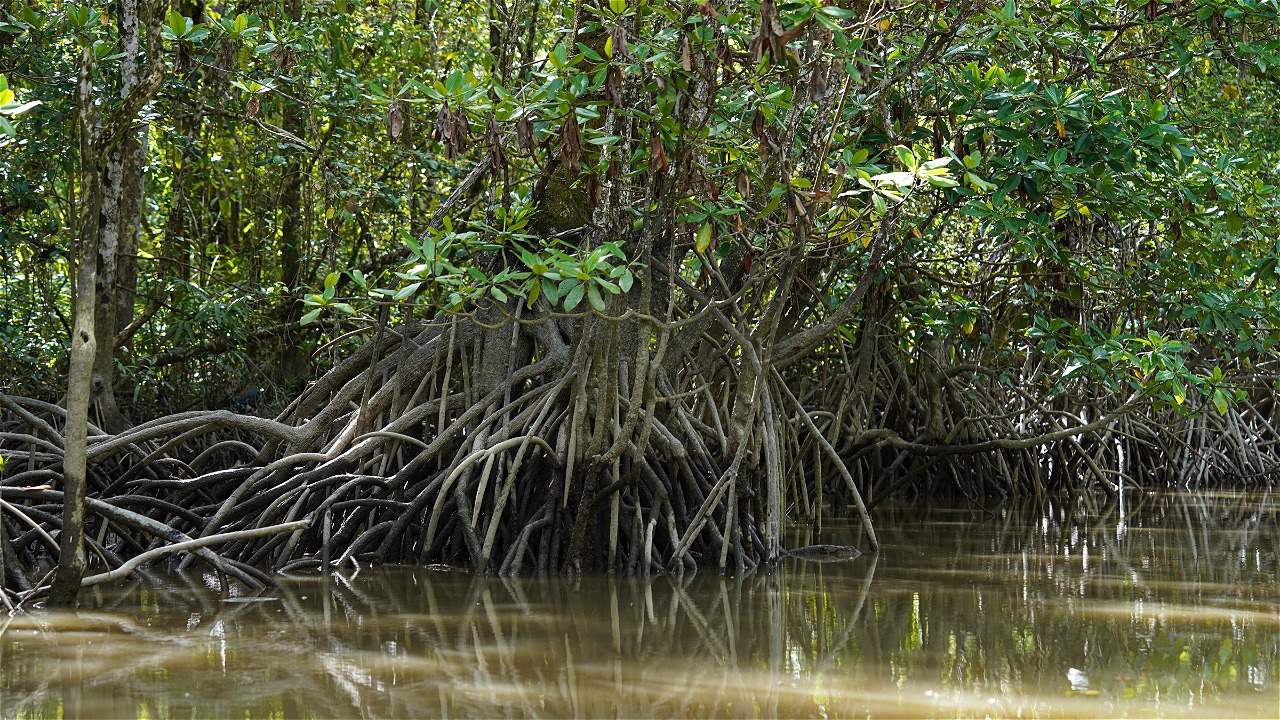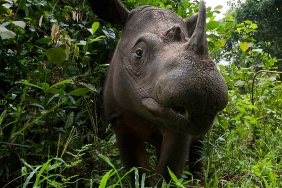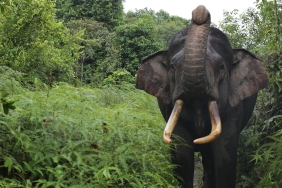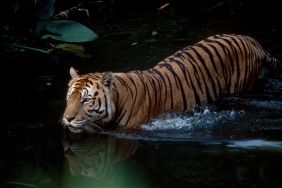GREENING WEST COAST, PLANTING 5000 MANGROVE SEEDLINGS
A number of civil society elements again targeted the critical area of the north coast of West Kalimantan, Saturday (5/9/2015). In addition to planting 5000 mangroves in Pasir Village, Mempawah Hilir Subdistrict, Mempawah Regency, this collaboration of civil society, Mempawah Regional Government, and private elements established a Learning House.
The series of activities are part of the parties' efforts to build West Kalimantan's green belt in stages. In the future, the green belt can be transformed into a learning facility for nearby schools to introduce environmental education, especially mangroves and coastal areas.
The mangrove planting and the launch of the Learning House are fully supported by PT Dipo Star Finance, which is willing to disburse Corporate Social Responsibility (CSR) funds for mangrove preservation and education in the critical land of the north coast in West Kalimantan province.
The CSR fund of PT Dipo Star Finance was previously submitted to WWF-Indonesia West Kalimantan Program. Furthermore, the funds were delegated by WWF to the management of Mempawah Mangrove Conservation (MMC) to be executed as planned. The activities carried out were the planting of 5000 mangroves, the construction of a Learning House, the making of a canoe to transport seedlings, and the purchase of a projector.
"This is part of the company's social responsibility towards coastal communities as well as a tangible manifestation of concern for the environment. Hopefully this can provide benefits for the progress of the Indonesian nation," said Masato Horikoshi, Director of PT Dipo Star Finance.
Chairman of MMC, Fajar, said that so far his party has made small efforts to restore the condition of mangroves on the north coast. However, it cannot be done optimally without the cooperation of various parties.
"We continue to do mangrove planting in stages. We also have two assisted schools. In essence, MMC wants to be a pioneer of non-formal education, especially mangrove conservation," Fajar explained.
Meanwhile, the Head of Mempawah Environment and Disaster Management Agency (BLHPBD), Syahrizal, welcomed the program and hoped that it could inspire other businesses. "Pasir Village is a mangrove area. But its condition is very sad due to encroachment," he said.
According to him, all parties must have concern for coastal areas. "Encroachment must be addressed by providing solutions. We must set a good example for all components of society and our children that mangroves should be protected so that marine life such as fish, shrimp, crabs and fish can breed well, "he pleaded.
WWF-Indonesia West Kalimantan Program Manager, Albertus Tjiu said, in addition to mangrove conservation efforts, rehabilitation and restoration are also needed, especially in the northern coastal areas of West Kalimantan. "Here, the threat of abrasion is a serious problem where along the 193 km main highway between the cities of Pontianak, Mempawah, Singkawang and Sambas some roads often experience flooding at high tide and damage to the road body due to eroded sea water," he said.
Based on the results of Gapsel's observations in 2011, at least in 25 years there has been abrasion along five kilometers in Sungai Duri Subdistrict so that residents' settlements have become the sea and have to move locations.
Seeing this condition, the provincial and local governments are trying to prevent the rate of abrasion of the north coast of West Kalimantan through the construction of concrete cubes (break water). However, it will take a long time and a considerable amount of money for all the northern coastal areas to be covered by break water.
In addition, the durability of break water ideally only lasts for approximately 10 years, because slowly the concrete cube will decline and sink due to erosion of underwater currents.
For this reason, Albert continued, the role of mangrove forest restoration on the north coast of West Kalimantan is very necessary. In addition to relatively low costs, it also provides great benefits both ecologically and socio-economically to the surrounding community.
In addition to restoration, he explained, education also plays an important role in preserving the environment, especially education for school students. "Education does not only have to be delivered theoretically in the classroom, but nature and the surrounding environment can also be a means of learning, especially for environmental education," he said.
For example, Environmental Education (EE) about mangrove conservation in Mempawah is very important to be introduced to students as a provision for them to be able to manage and protect their environment in the future. "The hope is that with this mangrove restoration, the area or area for learning facilities for environmental education will automatically be available," Albert said.





